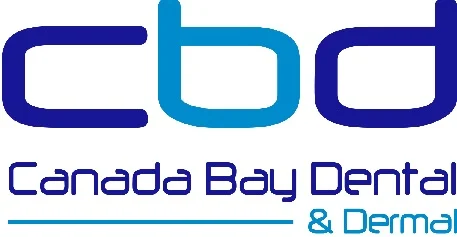What Happens if Your Baby is Born with Teeth?
/It’s not unheard of for newborns to have teeth. According to the National Institute of Health, one infant in every 2,000-3,000 is born with natal teeth. There is no definitive reason for this, but the natal teeth are usually associated with three syndromes (oculo-mandibulo-dyscephaly with hypotrichosis or Hallermann-Streiff syndrome, chondroectodermal dysplasia or Ellis-van Creveld syndrome, and pachyonychia congenita or Jadassohn-Lewandowski syndrome.) In a few cases, natal teeth are seen without any underlying cause, and these usually fall off due to poor root support.
Appearance of Natal Teeth
Natal teeth usually look just like normal milk teeth. However, in a rare few conditions, the teeth may appear conical or peg-shaped. Hebling (1997) classified natal teeth into four distinct categories as follows:
1.Shell shaped crown poorly attached to the underlying alveolus by gingival tissue and with no root.
2.Solid crown poorly attached to the gingiva with no root or little root.
3.Eruption of incisal margin of the tooth through the gingiva
4.Swollen gingiva with a palpable tooth but no eruption into the oral cavity
The most common teeth to erupt into the oral cavity are the mandibular (lower) central teeth. Cases of the maxillary (upper) teeth also occur.
Complications from Natal Teeth
What it Doesn’t Mean
There are a lot of wives tales that go along with newborn teeth. Among the popular superstitions:
England: Babies born with natural teeth were allegedly destined to become a famous soldier.
France, Italy: Like England, infants born with natural teeth are allegedly destined for greatness, only as a world conqueror.|
Africa, China, India and Poland: Infants in these countries are destined for something a little less savoury– they’re allegedly supposed to turn into monsters and carried with them misfortune.
Management of Natal Teeth
Most dentists recommend removing natal teeth that are poorly attached to the underlying gum. The dentist will take X-rays to assess the position of the underlying permanent teeth. Based on the X-ray, he can then make an informed decision about extraction. If the tooth is firmly attached, then topical fluoride applications may be necessary to prevent caries and to maintain oral hygiene. Some dentists may also carry out alternative procedures like grinding down or smoothing down the surface of the tooth. To prevent injuring the baby or mother, it is also possible to cover the tooth with a dome of composite resin. Professional barriers in the form of Stomahesive wafers/rings are also recommended to prevent injury to the mother and baby. Even if the tooth is extracted, periodic follow-ups are recommended to check the condition of the underlying permanent teeth.
Ideally, you should take your child to Canada Bay Dental immediately if he or she has natal teeth. The dentist will evaluate the oral condition, take the necessary X-rays, and then recommend a treatment. It’s possible that the tooth or teeth will not be extracted if it does not interfere with breast feeding, although parents may wish to have the tooth or teeth removed to prevent potential problems on down the line.
However, parents who decide to keep the teeth should follow regularly clean the baby’s teeth. All you need is a clean, damp cloth. If you notice any bleeding or any kind of trauma to the child (or mother), then you need to visit your Canada Bay Dental dentist.
